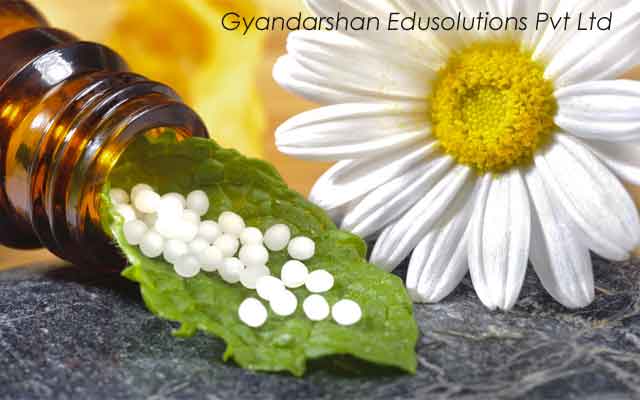
Homeopathy Medicine
Homoeopathy (Homoios = similar; pathos = suffering/disease) is a branch of medical science based on the principle “Similia Similibus Curenter” means “like cures like,” i.e., substances that cause certain symptoms in a healthy person can also cure those same symptoms in someone who is ill. It was founded by a German physician Dr C. F. Samuel Hahnemann in 18th century who is considered as Father of Homoeopathy. Homoeopathy is best recommended for chronic diseases such as allergies, asthma, skin diseases like urticaria, psoriasis, eczema, chronic gastritis, sinusitis, migraine, herpes etc.
Homoeopathic medicine is built upon several basic principles. The first law says that individual can fight the symptoms by re-creating those very symptoms that the disease is manifesting, i.e. “likes are cured by likes”. The second law shows that the substance that provokes the imitation of the symptoms needs to be extra diluted to work well; high doses would provoke ugly aggravations of the symptoms which could prove fatal. The third law of homeopathy says that the quantity of the medicine should be very small as this is actually used only to boost the immune system of the body to fight against the disease.
Homeopathy is a system of alternative medicine created in 1796 by Samuel Hahnemann, based on his doctrine of like cures like (similia similibus curentur), a claim that a substance that causes the symptoms of a disease in healthy people would cure similar symptoms in sick people. Homeopathy is a pseudoscience – a belief that is incorrectly presented as scientific. Homeopathic preparations are not effective for treating any condition; large-scale studies have found homeopathy to be no more effective than a placebo, indicating that any positive effects that follow treatment are only due to the placebo effect, normal recovery from illness, or regression toward the mean.
Hahnemann believed the underlying causes of disease were phenomena that he termed miasms, and that homeopathic preparations addressed these. The preparations are manufactured using a process of homeopathic dilution, in which a chosen substance is repeatedly diluted in alcohol or distilled water, each time with the containing vessel being bashed against an elastic material, (commonly a leather-bound book). Dilution typically continues well past the point where no molecules of the original substance remain.Homeopaths select homeopathics by consulting reference books known as repertories, and by considering the totality of the patient’s symptoms, personal traits, physical and psychological state, and life history.















